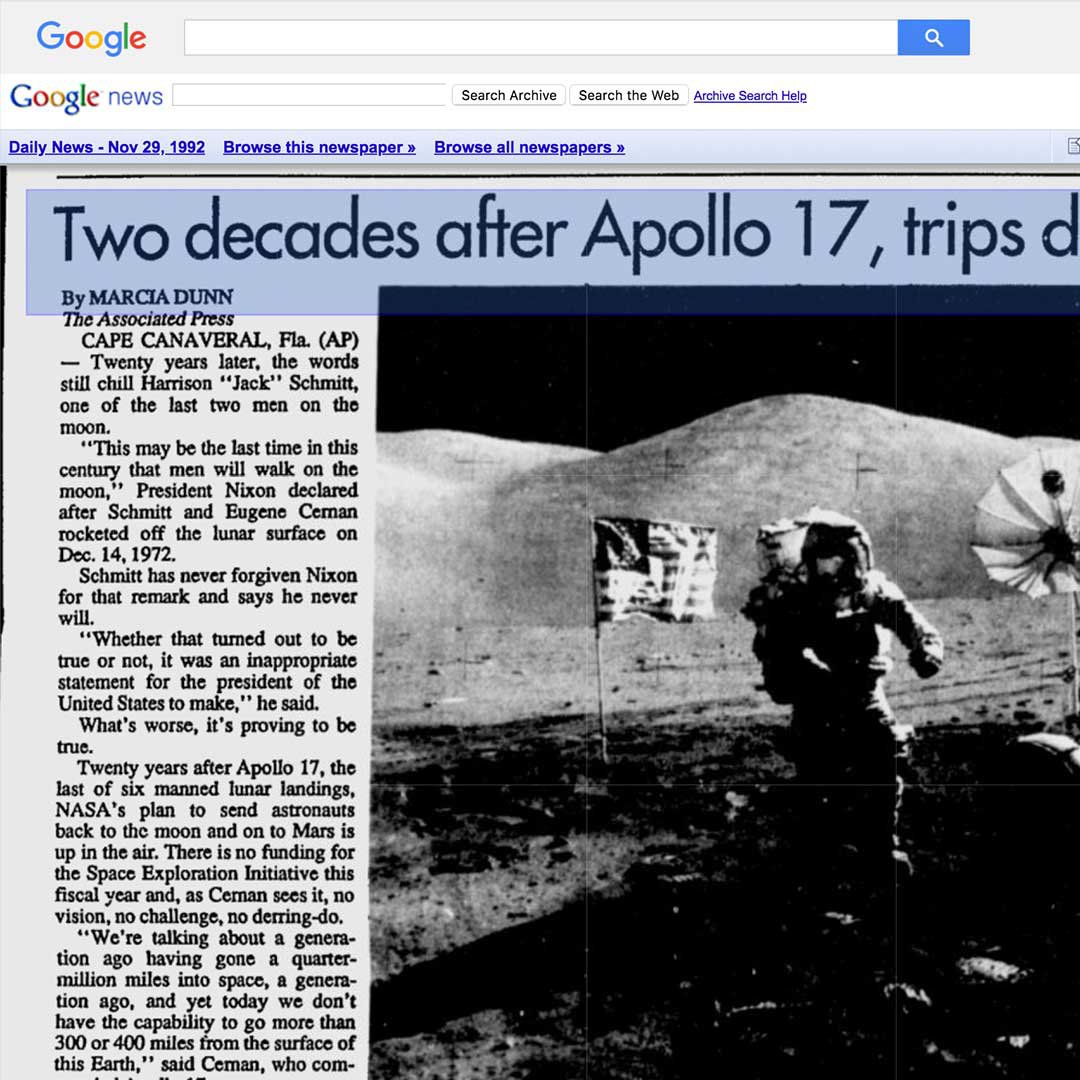The Single Strategy To Use For News Articles
The Single Strategy To Use For News Articles
Blog Article
The Ultimate Guide To News Articles
Table of ContentsGetting My News Articles To WorkSome Of News ArticlesNews Articles Fundamentals ExplainedThings about News ArticlesThe Main Principles Of News Articles
Great knowledge of different subjects provides trainees a competitive side over their peers. Although digital and social media are conveniently available, we must not forget exactly how vital it is to read the newspapers. Moms and dads have to try and inculcate the routine of reviewing a newspaper as an everyday regimen to proceed the legacy of the adored print tool.Information stories likewise consist of a minimum of one of the following vital qualities about the desired audience: distance, importance, timeliness, human passion, strangeness, or effect. The related term journalese is in some cases utilized, normally pejoratively, to describe news-style writing. One more is headlinese. Newspapers normally follow an expository writing design.
Within these restrictions, news stories additionally intend to be extensive. Among the bigger and much more highly regarded papers, fairness and balance is a significant element in offering info.
Newspapers with a global audience, for instance, tend to make use of a much more formal style of writing. News Articles.; typical design guides consist of the and the US Information Style Book.
Excitement About News Articles
Generally, journalists will certainly not utilize a lengthy word when a short one will do. They utilize subject-verb-object building and brilliant, energetic prose (see Grammar). They use narratives, examples and metaphors, and they rarely depend on generalizations or abstract ideas. Information authors try to avoid using the same word more than as soon as in a paragraph (sometimes called an "resemble" or "word mirror").
Headings often omit the topic (e.g., "Jumps From Watercraft, Catches in Wheel") or verb (e.g., "Feline woman fortunate"). A subhead (also subhed, sub-headline, subheading, caption, deck or dek) can be either a secondary title under the major heading, or the heading of a subsection of the short article. It is a heading that precedes the major text, or a team of paragraphs of the primary message.

Added billboards of any of these kinds may show up later on in the short article (specifically on subsequent web pages) to attract further analysis. Such signboards are also utilized as pointers to the short article in various other sections of the publication or website, or as promotions for the piece in other magazine or websites. Typical structure with title, lead paragraph (summary in bold), other paragraphs (information) and contact information.

Instance of a hard-lead paragraph NASA is suggesting another room job. The agency's spending plan demand, revealed today, consisted of a strategy to send an additional objective to the Moon. This time around the firm wants to establish a long-term center as a jumping-off point for other area adventures. The spending plan requests approximately $10 billion for the task.
An "off-lead" is the 2nd most important front page information of the day. To "hide the lead" is to begin the post with history information or details of additional importance to the viewers, compeling them to read more deeply right into a write-up than they should have to in order to find the necessary factors.
Not known Details About News Articles
Common use is that or 2 sentences each form their own paragraph. Reporters generally define the company or structure of a newspaper article as an upside down pyramid. The essential and most interesting components of a tale are placed at the beginning, with supporting information following in order of diminishing relevance.
It permits individuals to check out a topic to just the deepness that their interest takes them, and without the imposition of details or subtleties that they might think about unimportant, but still making that details offered to much more interested readers. The upside down pyramid framework likewise enables write-ups to be cut to any approximate size throughout design, to fit in the room offered.
Some authors begin their stories with the "1-2-3 lead", yet there are several type of lead available. This layout inevitably starts with a "5 Ws" opening paragraph (as defined above), followed by an indirect quote that offers to support a significant aspect of the first paragraph, and afterwards a direct quote to sustain the indirect quote. [] A kicker can describe multiple points: The last tale in the information program; a "delighted" story to end the show.
Longer posts, such as publication cover posts and the pieces that lead the within areas of a newspaper, are understood as. Attribute tales differ from straight news in a number of means.
An Unbiased View of News Articles
An attribute's initial paragraphs commonly connect an appealing minute or event, as in an "unscientific lead". From the details of an individual or episode, its sight swiftly expands to abstract principles regarding the story's topic.

The Editor's Tool kit: A Referral Overview for Beginners and Professionals (2001) Allan M. Siegal and William G. Connolly. The New York Times Handbook of Design and Use: The Authorities Design Overview Used by the Writers and Editors of the World's Most Reliable Paper (2002) M. L. Stein, Susan Paterno, and R.
Report this page